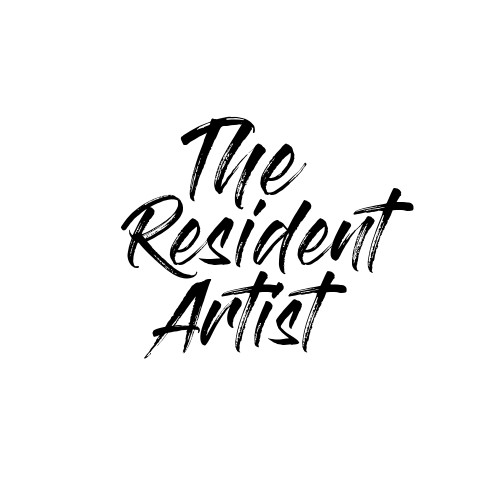 |
| Aerialists Jennifer Bricker and Nate Crawford. Photo by Chris Ash. |
Last weekend, from June 16-18th, La Mama Moves! 2011 presented choreographer Heidi Latsky‘s brave piece entitled, IF. Composed of three sections — each featuring a quartet, ensemble and duet — IF challenges notions of what it means to be different in today’s society. The piece is part of an ongoing project, called The GIMP Project, which itself spawned from Latsky’s own experimentations of choreography specifically pertaining to limbs.
The question she kept asking herself as a result of that experience was: what would happen if she choreographed around people who didn’t have any?
IF is the answer to that question. As Latsky mentioned on numerous occasions at the talkback sessions during the show’s run at La Mama E.T.C.‘s dance festival (which wrapped up its 6th annual year this past Tuesday), the name of The GIMP Project came from the word’s many meanings. Aside from describing a person with a limp, “gimp” can also be taken to mean, “trembling with ecstasy,” as well as “interwoven fabric.” IF takes those meanings to a whole new level. The show opens on a stripped-down, minimalist set — the stage of the Ellen Stewart Theater devoid of curtain legs and the back traveller, baring in its stead nothing but the black marley and a wooden wall exposing a top balcony far behind the stage. On that top balcony, we see guest artist and La Mama Moves! honoree Joan Finkelstein swaying beautifully under a single spotlight, half obscured in shadow. Below her, Suleiman Rifai — who is blind — runs his fingers along the wall, also partly visible in a slanted light cast on him from the side. Standing sentry on balconies on either side of the stage are choreographer Latsky and associate director Jeffrey Freeze. A pulsing orchestration of strings can be heard throughout this opening section, eventually reaching a crescendo as the dancers cross paths and meet at the wall, with Rifai indeed “trembling with ecstasy” at one point. As Latsky and Rifai brush against one another along the wall, embracing and then parting, we get the sense that dance communicates more than just a series of movements, but is also a very tactile experience, communicating through feeling.
The ensemble section of the piece starts off equally slowly, with the musical accompaniment replaced by the sounds of steady breathing (recorded, interestingly enough, by someone who had almost drowned). A row of chairs are set up at the front, and dancers crawl towards them from all directions. In the back, a woman on rollerblades skates, making figure eights — or rather, infinity signs. Upstage right, a man in a wheelchair and an African-American woman sit perpendicular to one another, facing away from the audience. The dancers soon make their way to the chairs, upon which they sit, their hands on chests. As they close their eyes, breathing along, we see that these dancers are all different. There is a man with Parkinson’s (Robert Simpson); a woman with a prosthetic leg (Elfie Knecht), among others. Sitting alongside them are other, seemingly normal, people. Whether they are disabled or not, we do not see. However, by the time they start to move and sway their arms, grazing the air and each other, we realize that it does not matter. They are all the same. We are all the same.
That concept is never more clear than when the line of chairs are broken and fall into a V-formation, the music accompaniment changing yet again from breathing to another arrangement of strings. At each of their stations, each dancer poses in “snapshots,” with the middle row broken into pairs and performing a set of duets. These duets are later described by Latsky as “conversations,” and along with the snapshots, continuing to communicate the idea that being different doesn’t mean we aren’t the same. However separate our lives may be, however many different walks of life we come from, our stories run along the same fabric, interwoven. The dancers break down into a series of choreography in unison and together, they are beautiful. Strung together, hearts pulsing as one, meeting and then parting.
One by one, members of the ensemble leave the stage as aeralists Nate Crawford and Jennifer Bricker enter, and a red silk is lowered down. While the two mount the silk, wrapping themselves up in it as if in a cocoon, we hear once again the rhythmic breathing in the background, almost acting as a metronome against the red silk we see swinging back and forth like a pendulum. A heartbeat, a muscle. The duo continue, performing a series of moves that can only leave one stunned and awe-inspired. A beautiful picture of ability and disability becoming one and yet, cancelling one another out. As the lights fade on the image of Crawford spinning sideways atop the silk, with the twisted end unraveling, you realize that it was never just one or the other. It doesn’t have to be.
IF is no doubt an important piece, but more than that, it is a movement, a conversation-starter about something that isn’t always talked about. Handicaps — whether visible or invisible, whether physical or emotional, is something that we all share and something we can all relate to. Despite all of our so-called “disabilities,” IF is all about — as Latsky says — “displaying each person’s virtuosities.” Indeed, the GIMP Project and its performers certainly achieved that.
La MaMa presents The GIMP Project: “If” from La MaMa on Vimeo.
